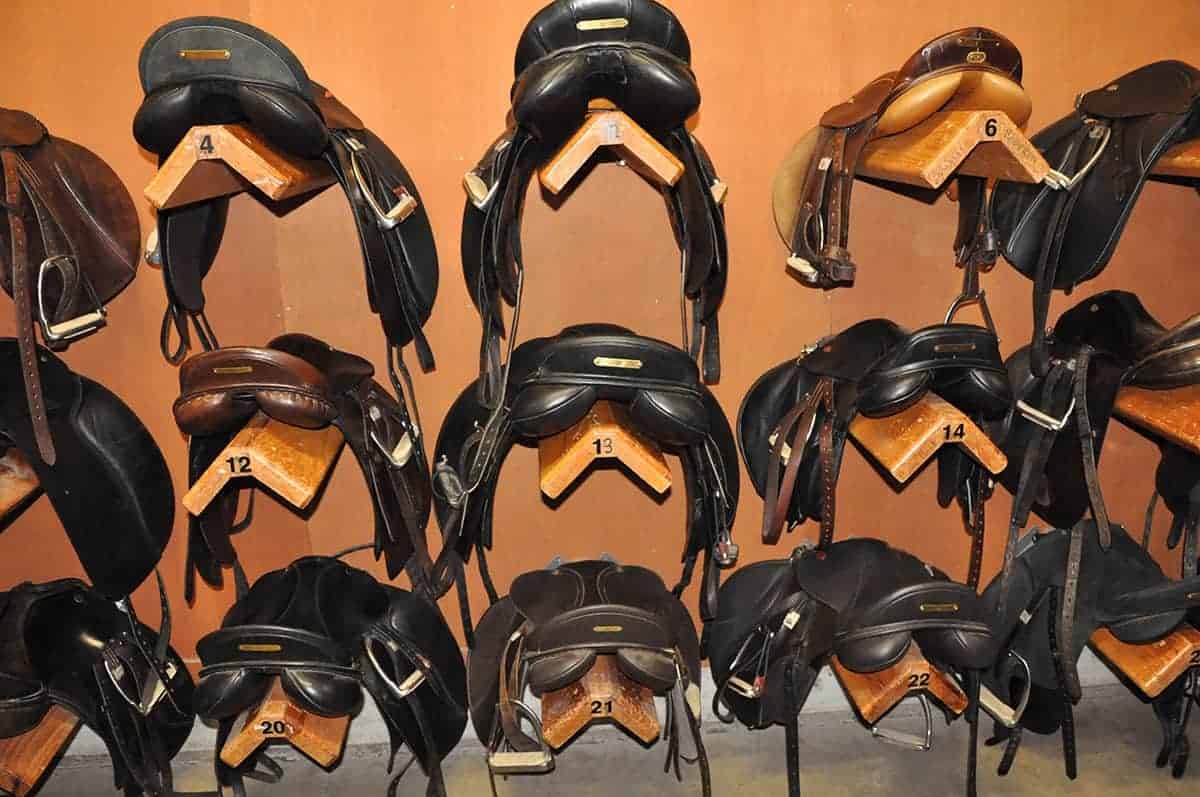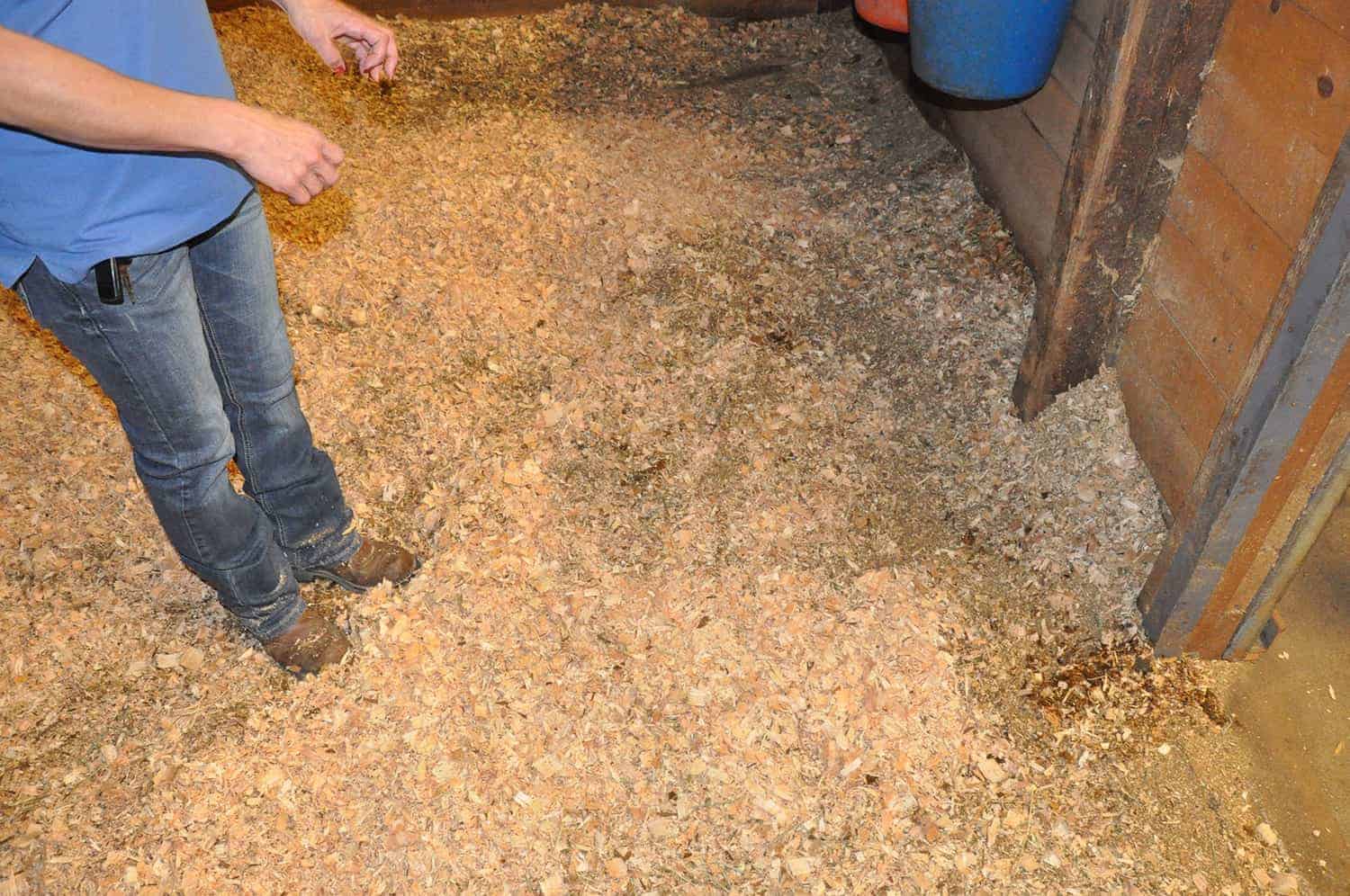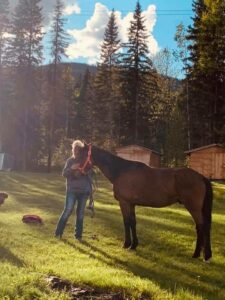Farm Tour: Little Bit Therapeutic Riding Center
Take a tour of a leading U.S. therapeutic horseback riding center that’s managed with the environment in mind.
- Topics: Slideshow
Share
ADVERTISEMENT
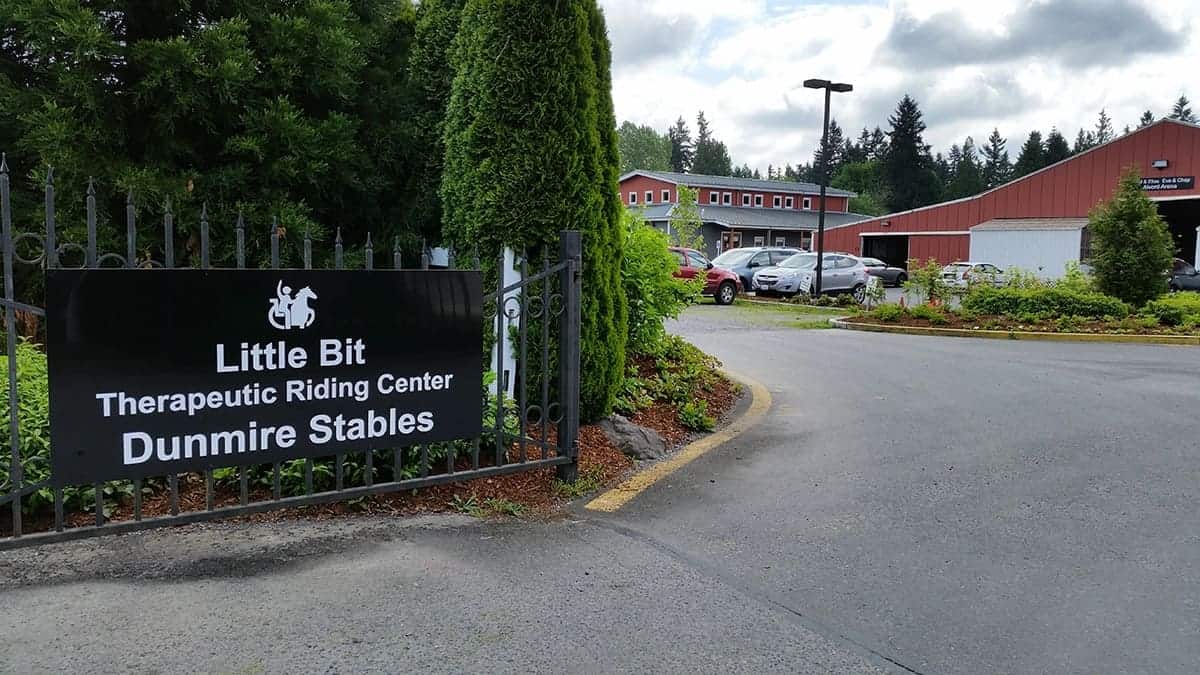
Managing 25 Horses on 17 Acres in a Wet Climate
Little Bit Therapeutic Riding Center in Redmond, Washington, is a leading accredited therapeutic riding program that employs approximately 25 therapy horses. The farm's management team works hard to deal with environmental constraints associated with living in a wet climate near a salmon-spawning stream (in the Pacific Northwest salmon are a federally listed endangered species requiring specific land management practices). | Photo: Alayne Blickle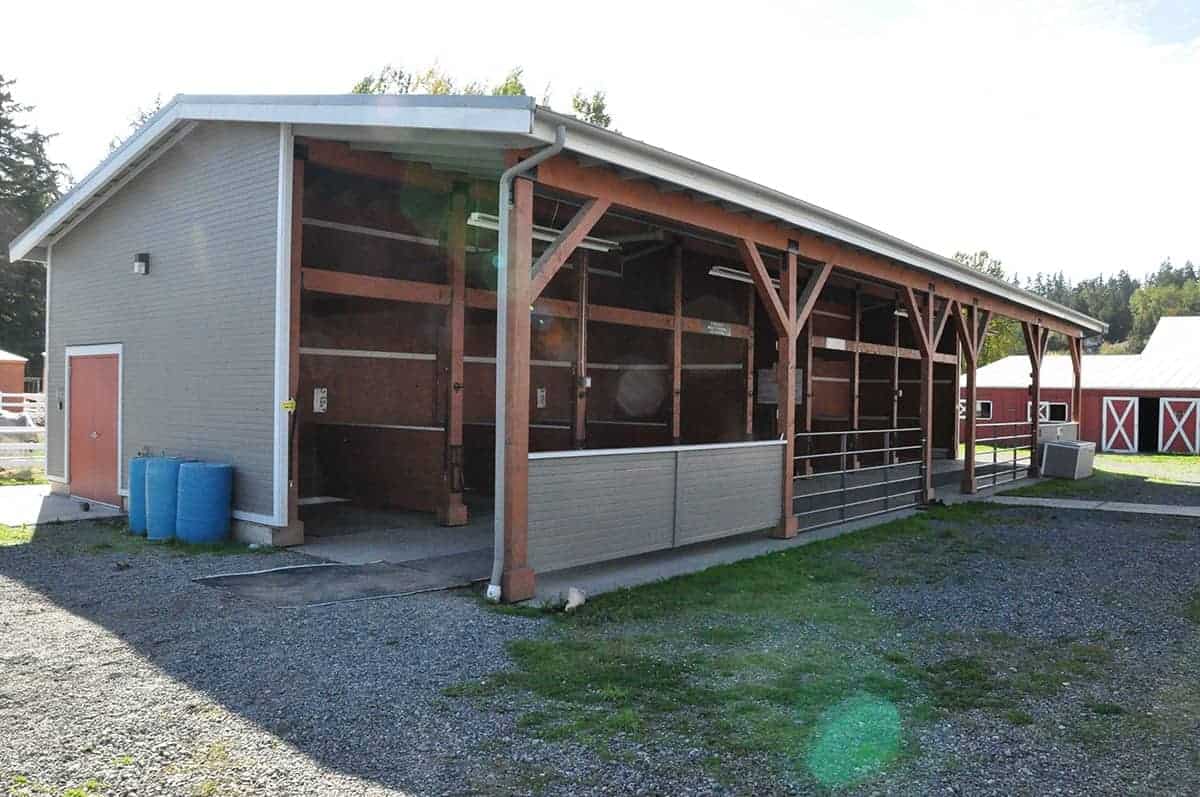
Tacking Barn
Little Bit utilizes a uniquely structured building for tacking up horses for adaptive classes and therapy sessions. In the background is the stable where horses are stalled at night. | Photo: Alayne Blickle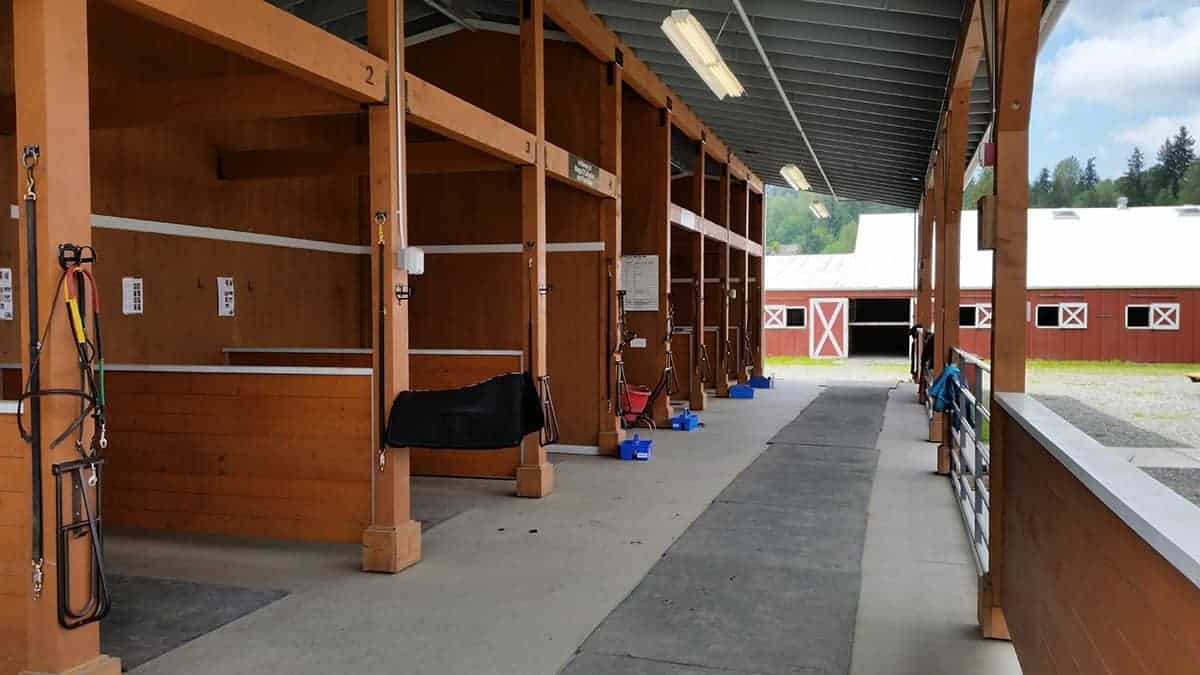
Plan for Safety
Volunteers and staff follow carefully outlined safety and horse-handling procedures while horses are groomed and tacked up. For example, handlers always bring horses into the grooming area from one direction and exit from another. | Photo: Alayne Blickle
Keeping Organized
A photo of each horse with his or her name ensures tack is returned to it's correct location and gives volunteers information regarding each horse. | Photo: Alayne Blickle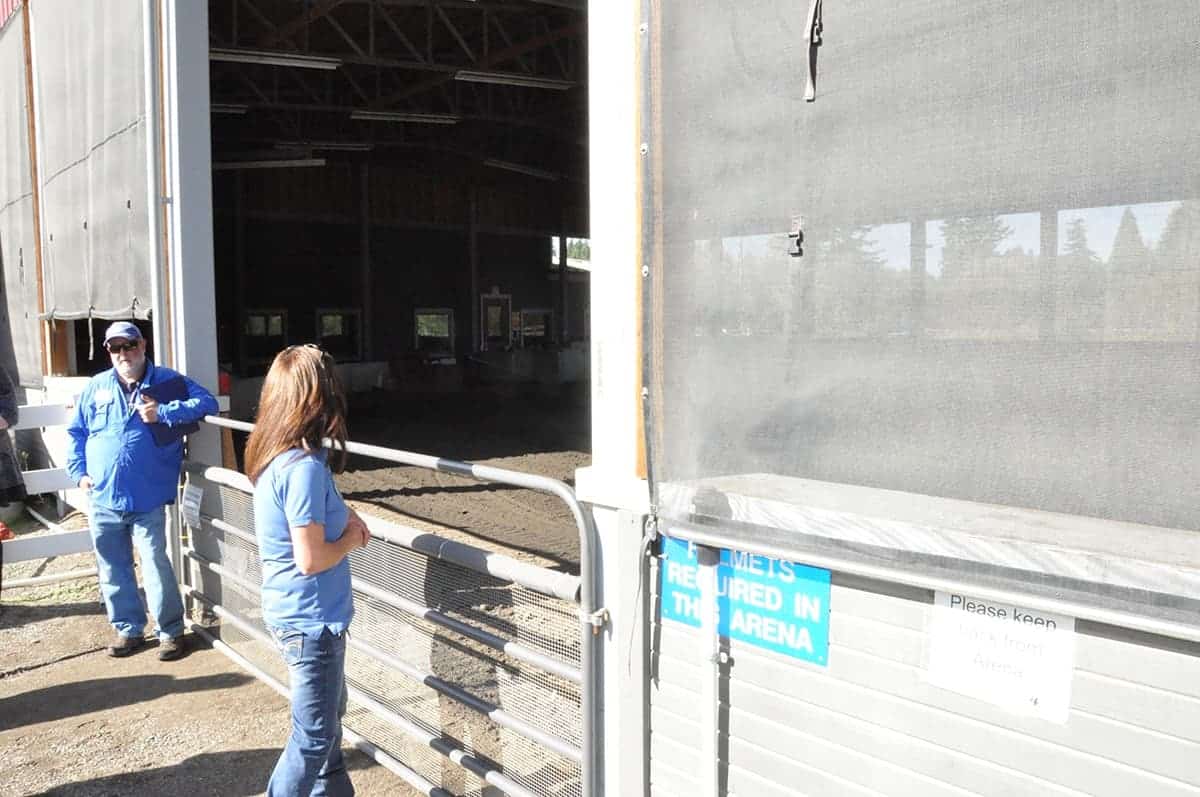
Riding Arenas
Little Bit has two covered arenas and one outdoor arena. The largest covered arena, pictured, has screened sides to help shield riders from harsh sunlight, strong wind, and rain. | Photo: Alayne Blickle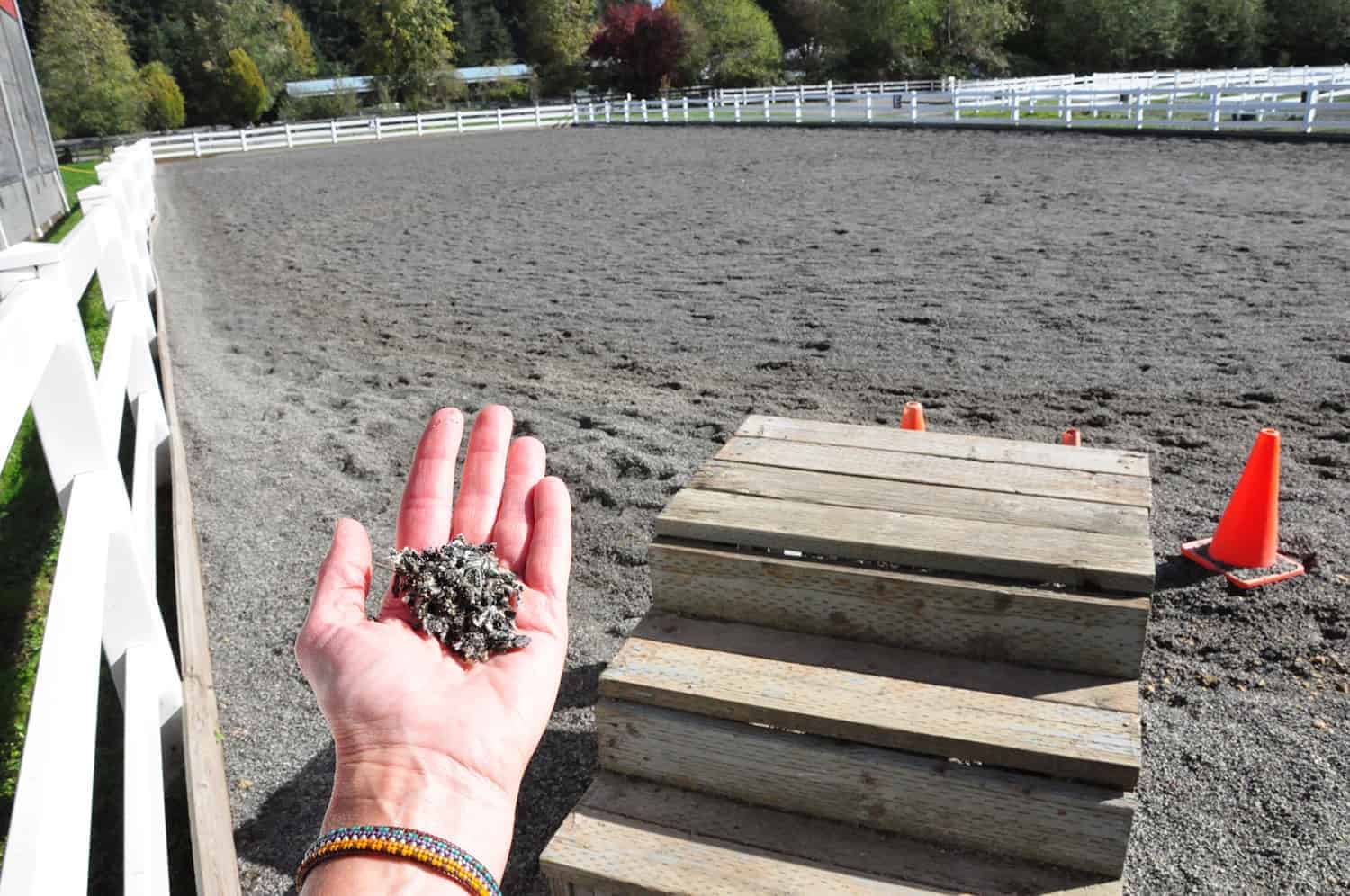
Arena Footing
The outdoor arena and one of the indoor arenas use a rubber-and-sand footing for cushioning to protect horses' (and handlers') joints from concussion. | Photo: Alayne Blickle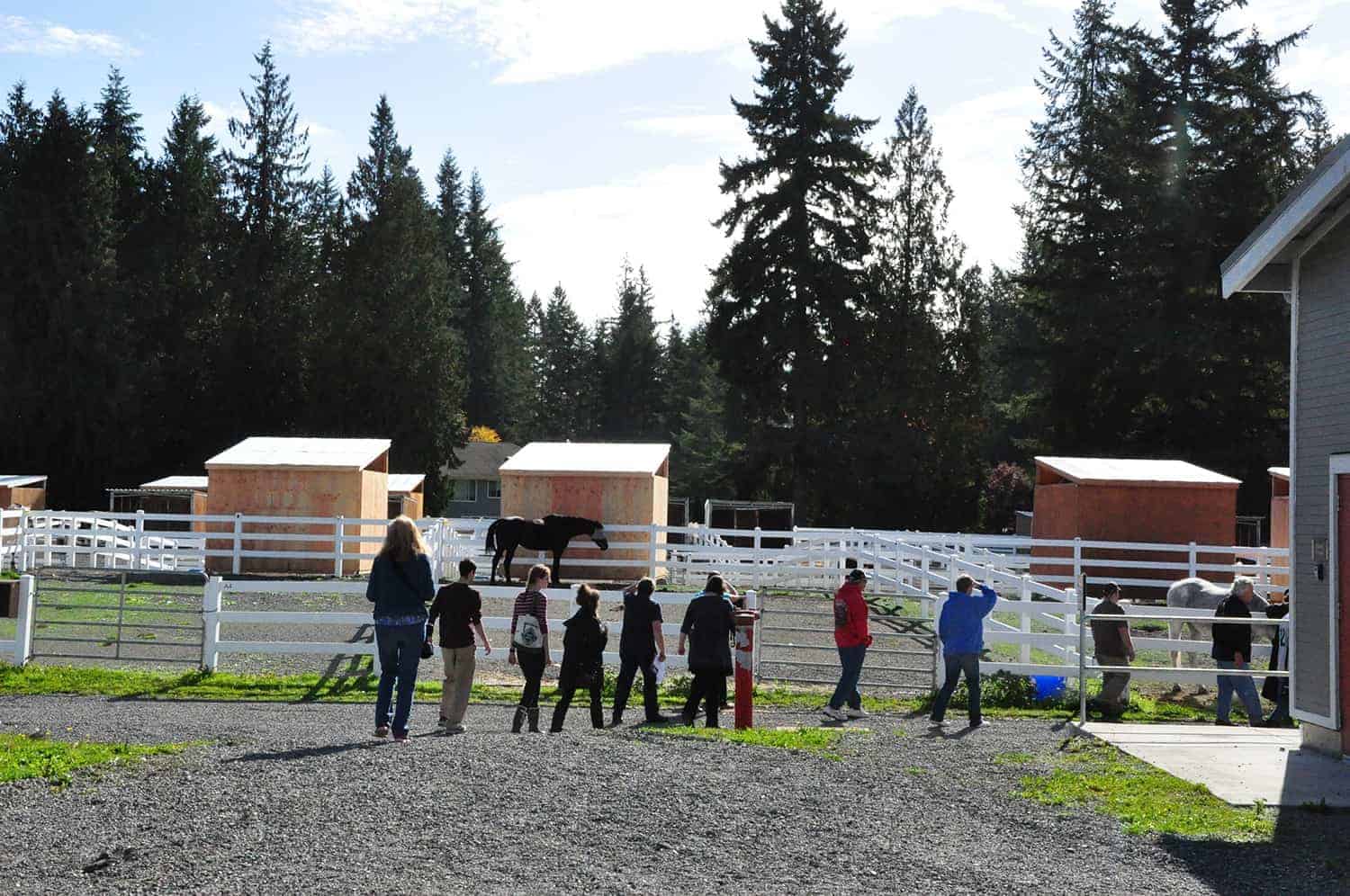
Daily Turnout
Each horse is turned out daily into his or her own individual paddock. In inclement weather horses wear rain sheets or winter turnout blankets. | Photo: Alayne Blickle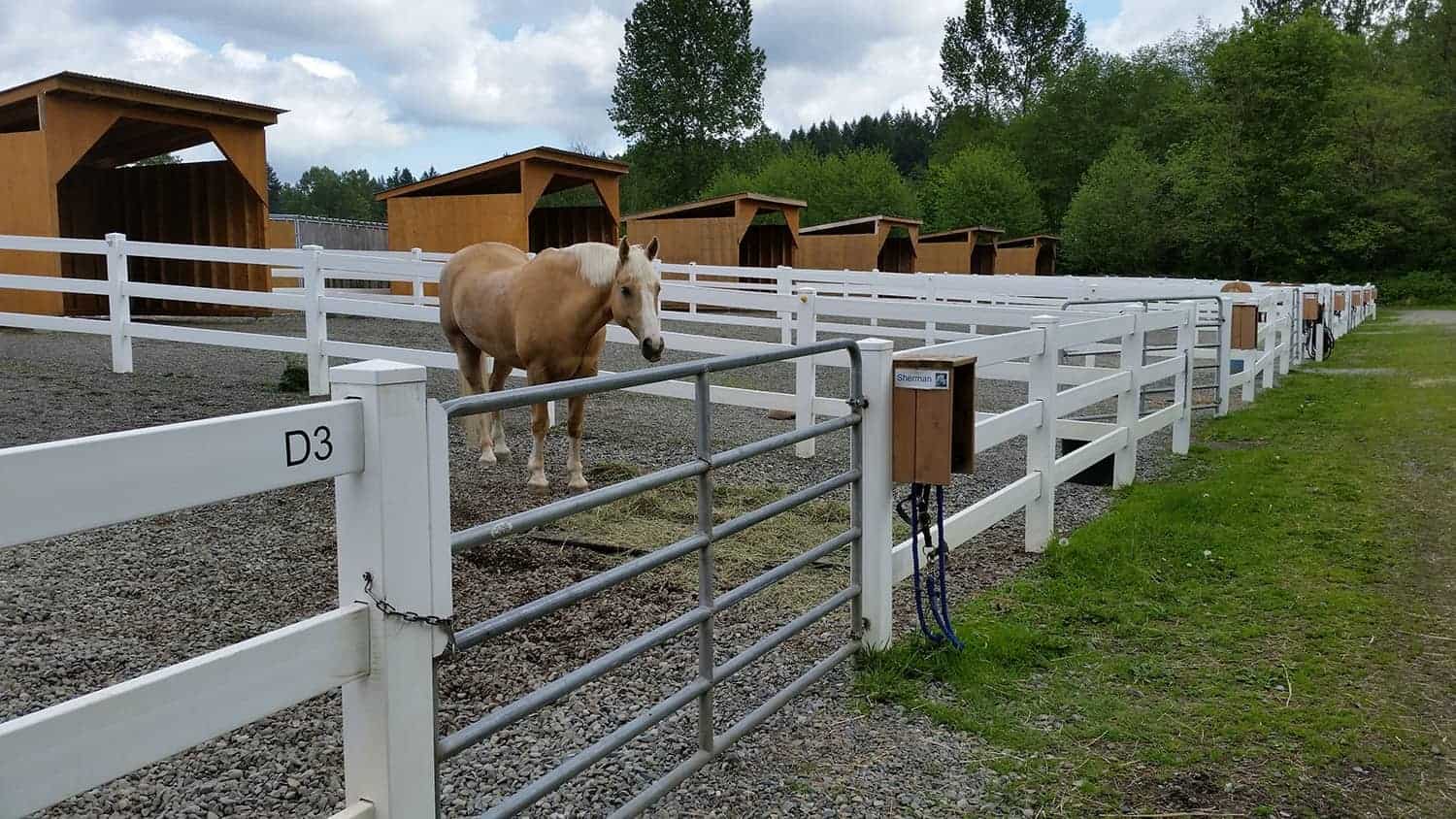
Mud Management
Each paddock features a 12-by-12-foot run-in shed and 5/8" crushed rock for paddock footing, which was chosen to provide good drainage. Manure is removed daily from all paddocks and horses are fed three times each day on clean stall mats. No mud in these paddocks! | Photo: Alayne Blickle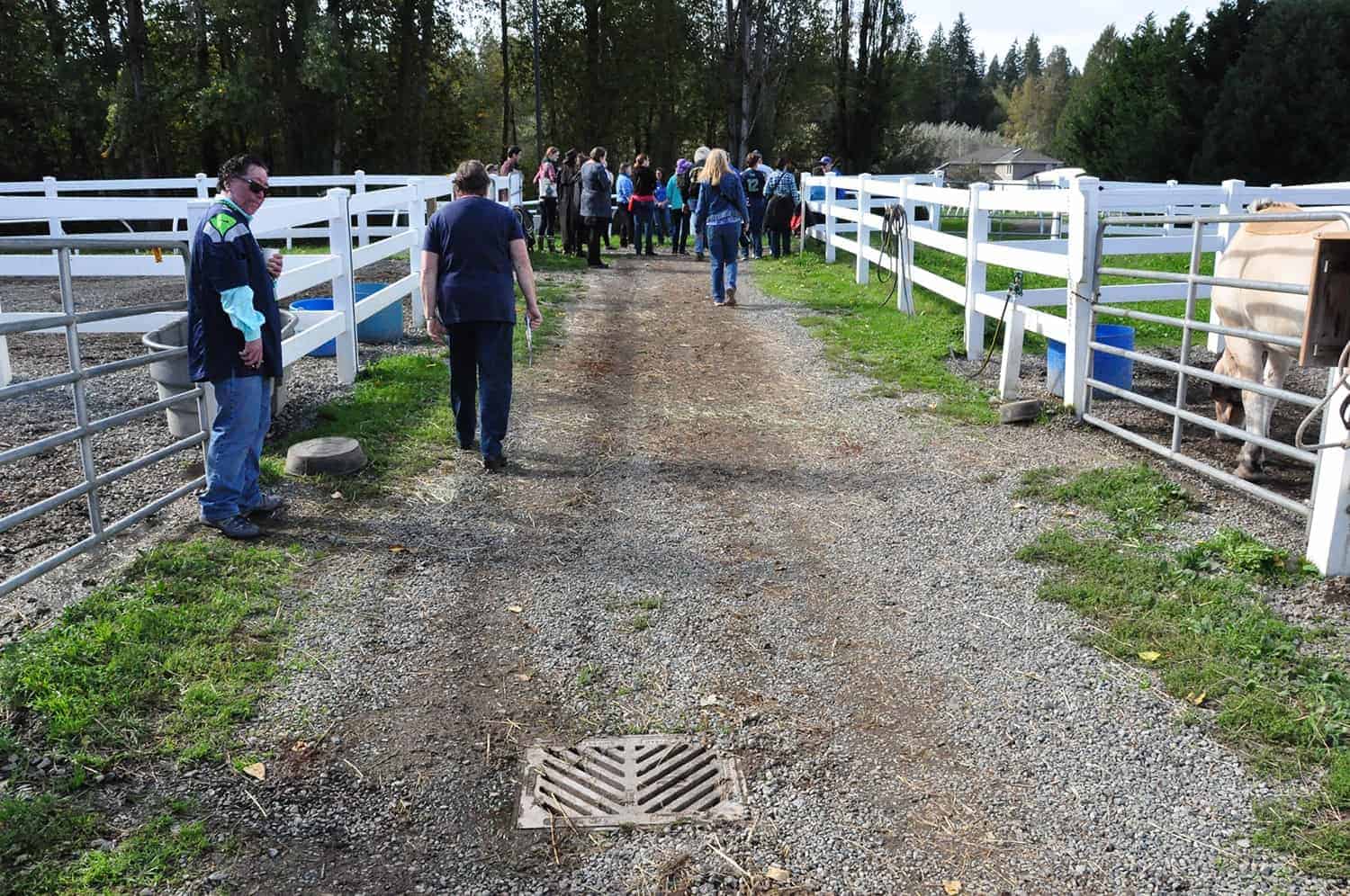
Storm Water Management
All 20-plus sloped paddocks drain into a series of storm drains, which carry runoff into a manmade settling pond where silt settles out and wetlands plants filter and break down potential nutrients from manure or urine. | Photo: Alayne Blickle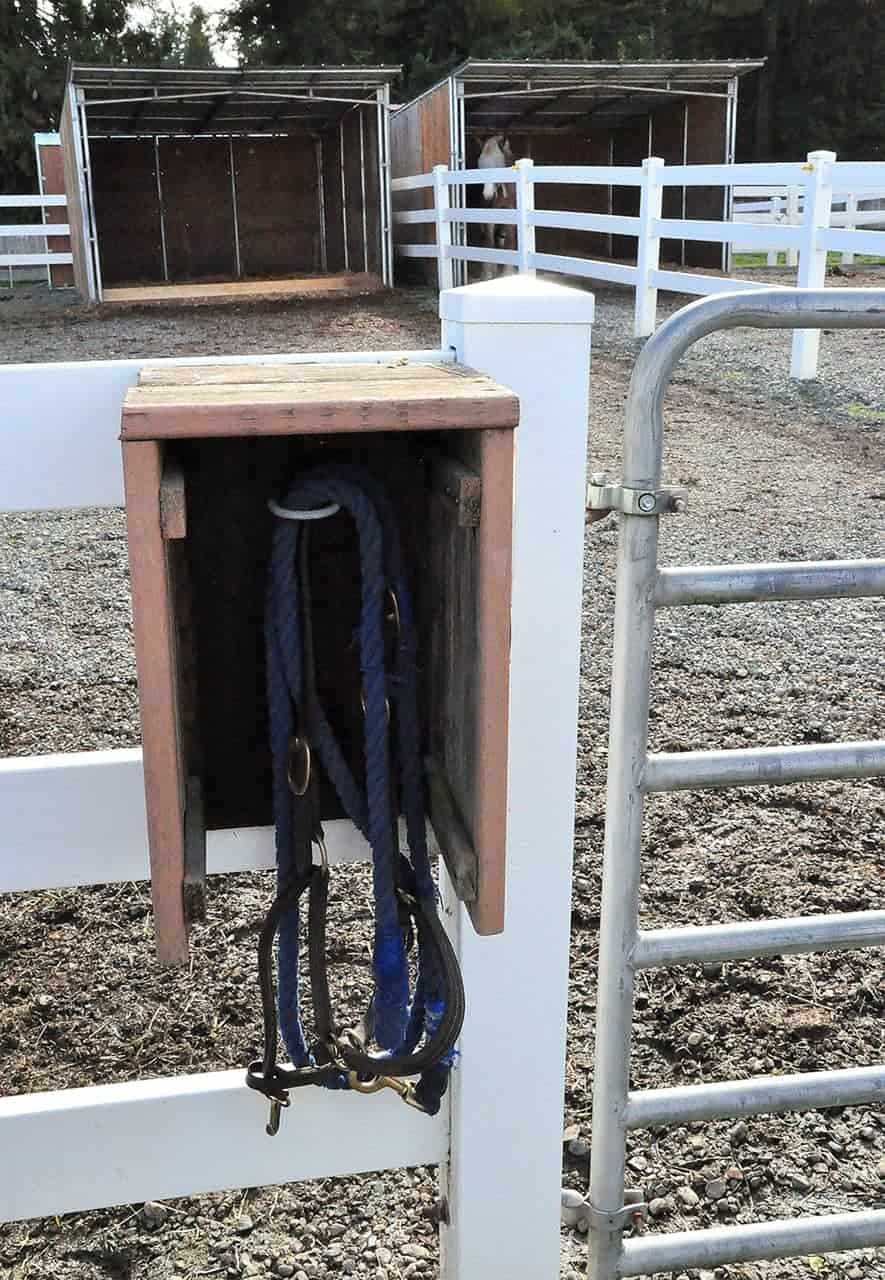
Halter Boxes
Halters for each horse are kept neatly and close by, each in a handy box to protect them from wet weather and sunlight. | Photo: Alayne Blickle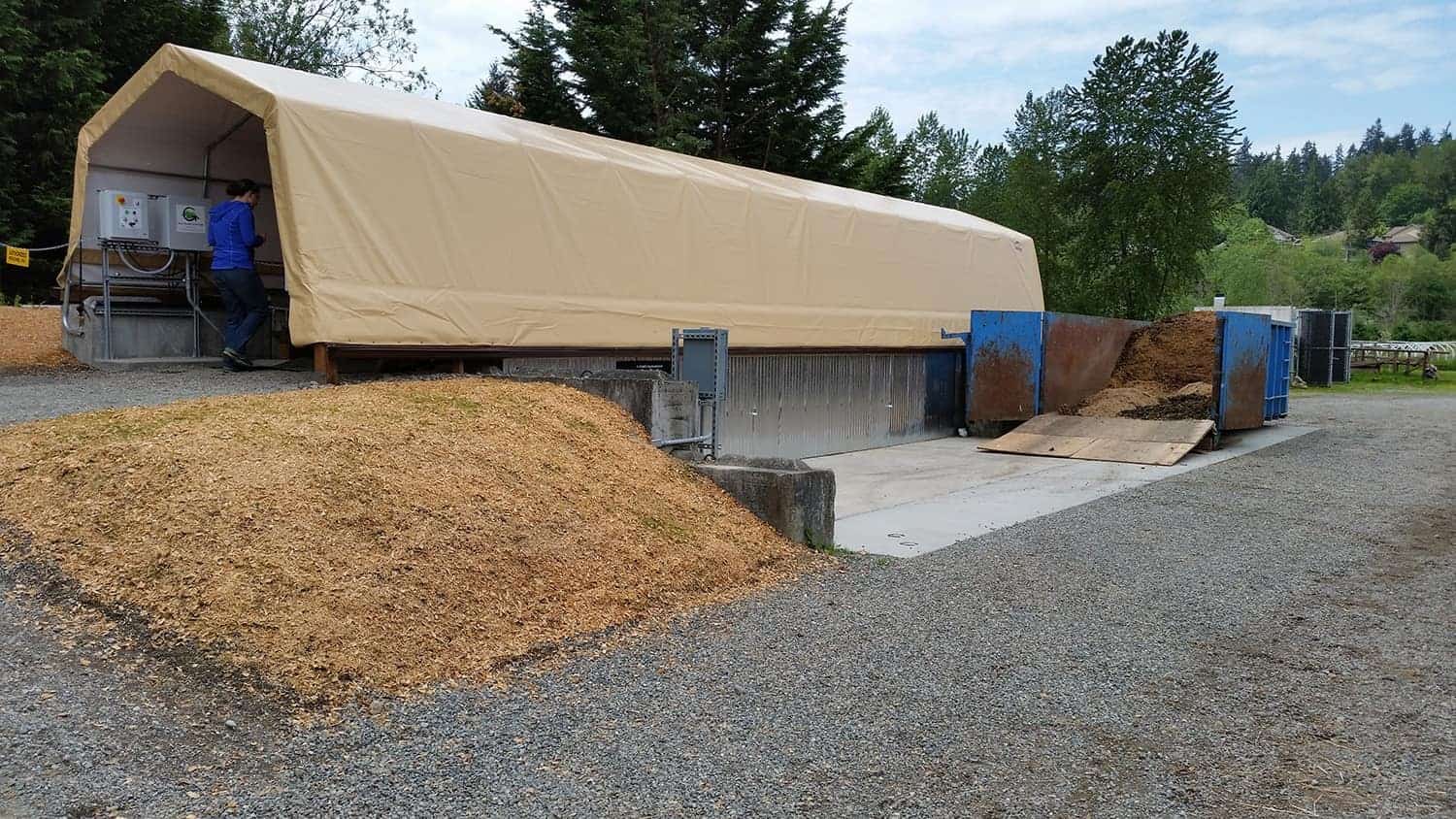
Commercial Compost System
Little Bit uses a commercial compost system for handling the 50-plus pounds of manure and stall waste each horse produces daily. Manure and stall waste are composted in the in-vessel system, then reused as supplemental bedding. Manure from the gravel turnouts is stored in a receptacle to be hauled off-site. | Photo: Alayne Blickle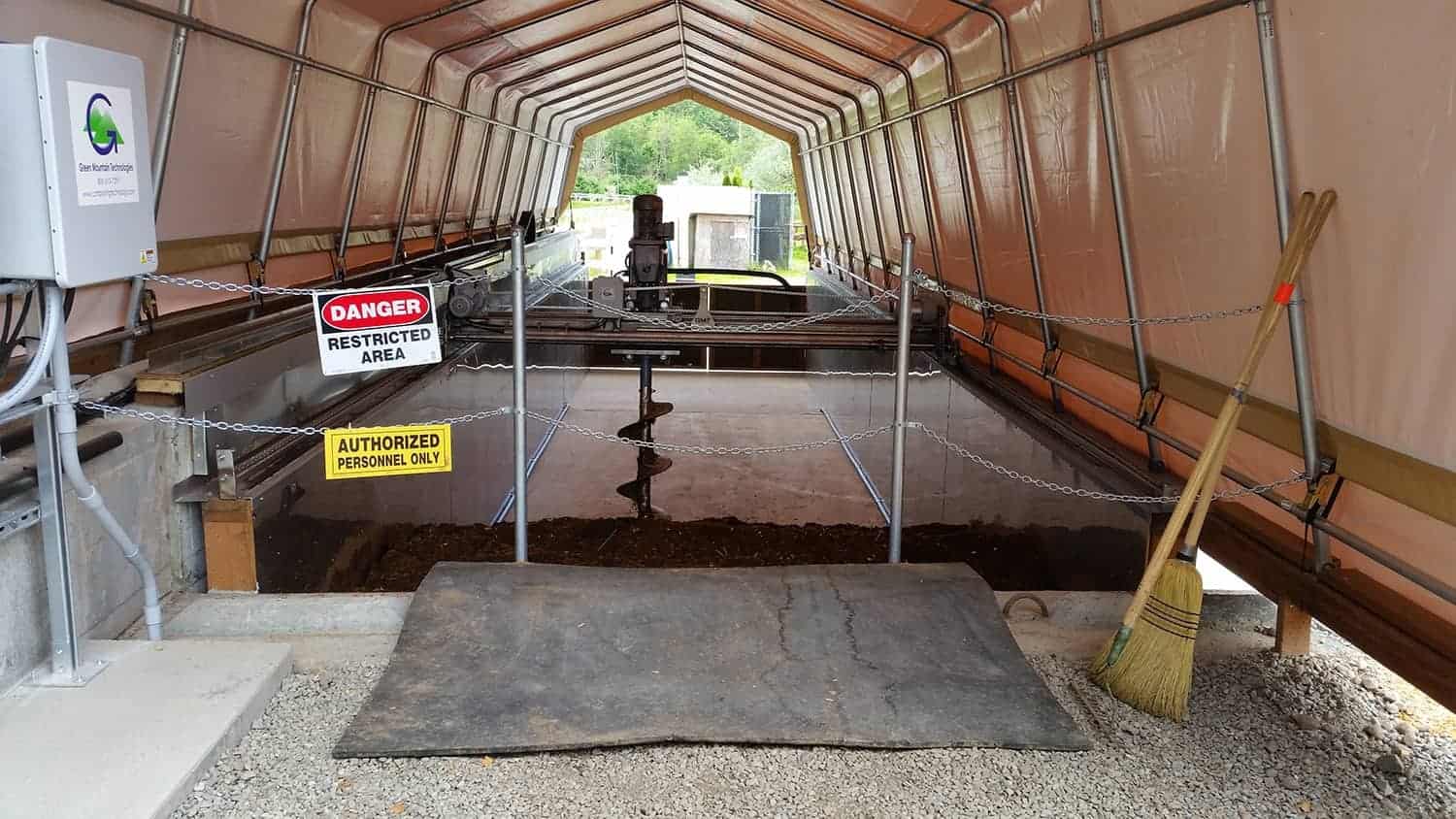
Composting Process
An auger mechanism “stirs” the stall waste, and the material is mixed. A light misting system adds water as needed. In a period of approximately two weeks the material is completely composted. | Photo: Alayne Blickle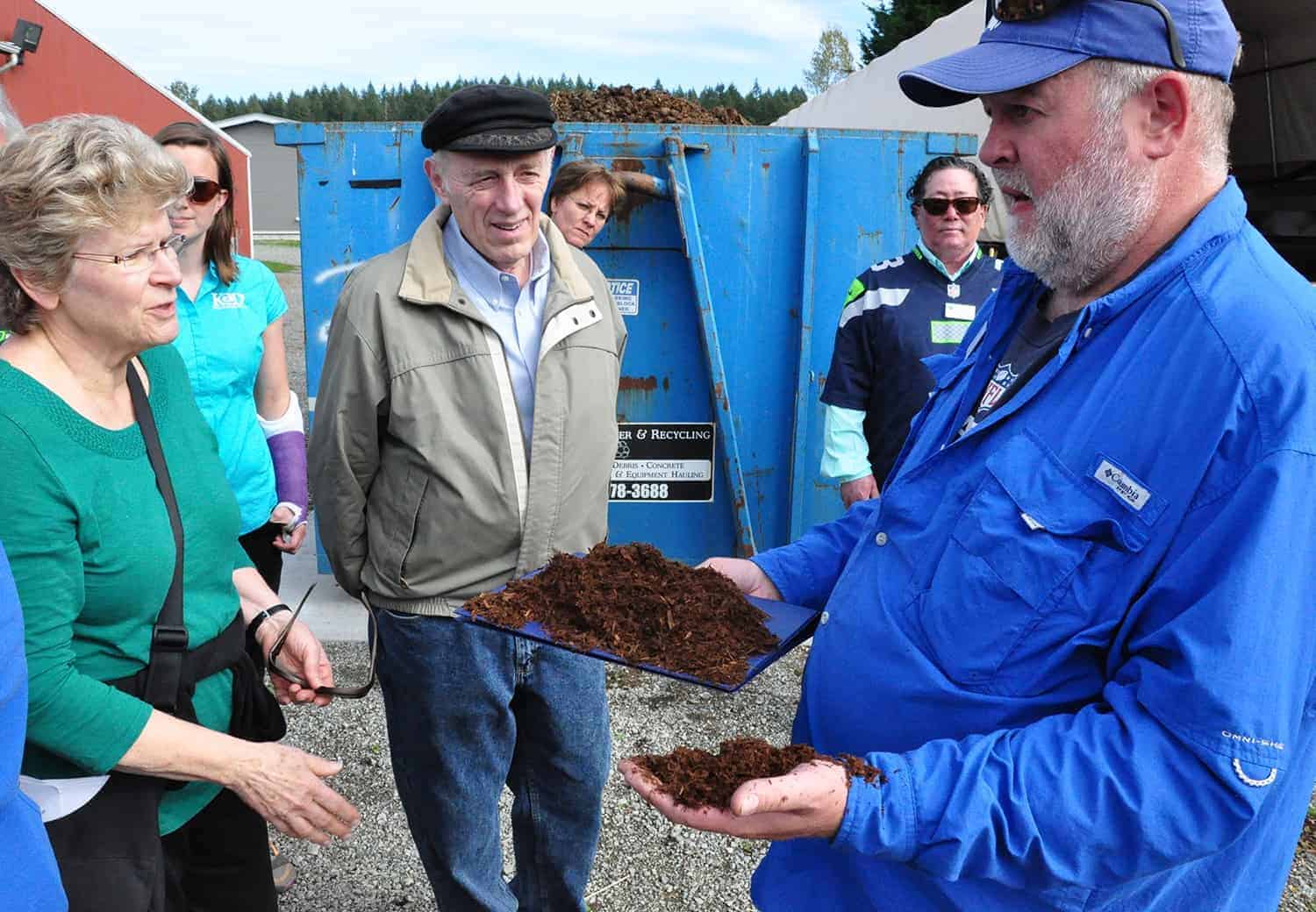
The Finished Compost Product
Facilities Director Wayne Miller proudly shows off some finished compost product, which smells fresh like soil and is safe to handle. | Photo: Alayne Blickle
Share

The Horse: Your Guide To Equine Health Care is an equine publication providing the latest news and information on the health, care, welfare, and management of all equids.
Related Articles
Stay on top of the most recent Horse Health news with

